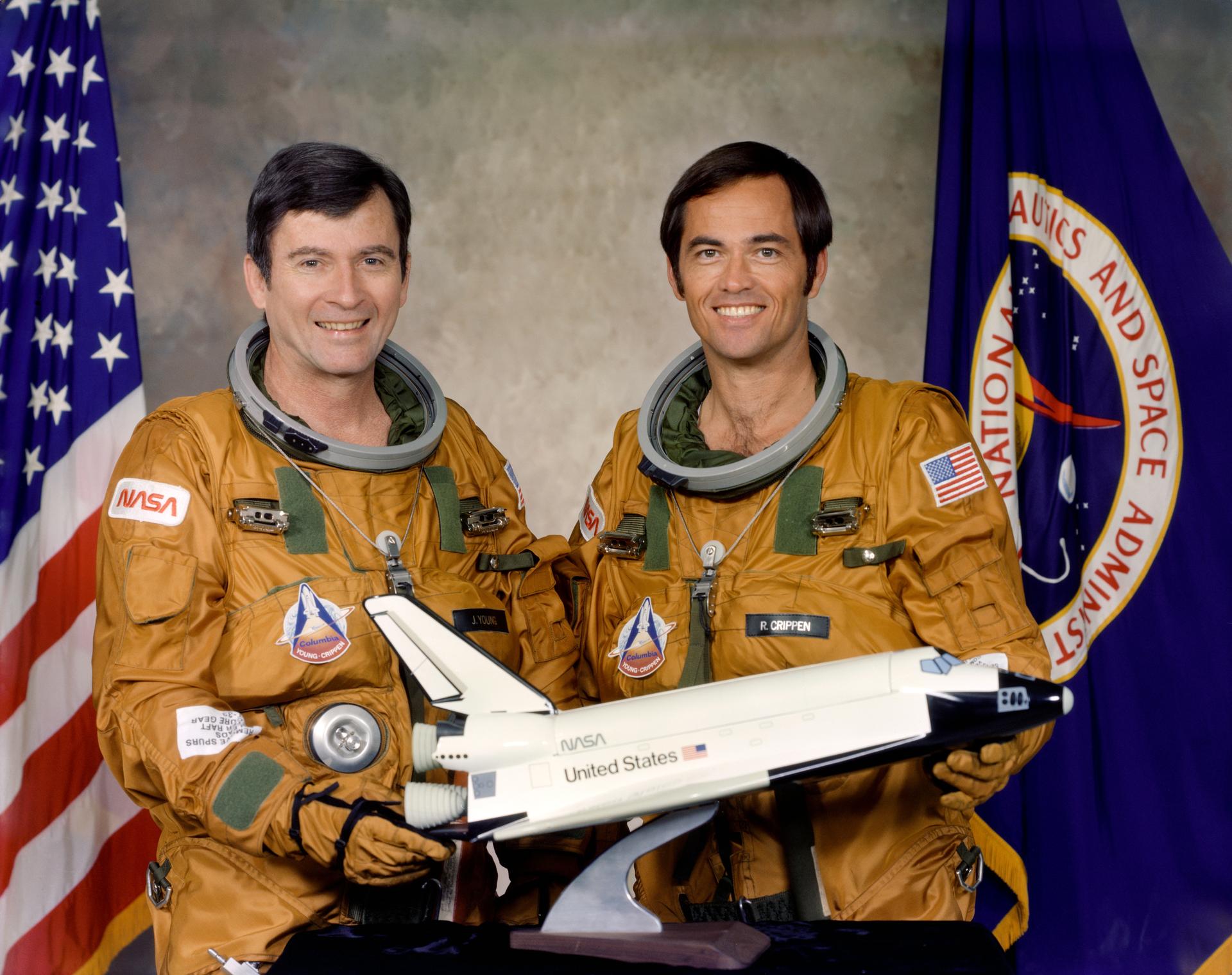
The Space Shuttle Columbia began a new era of human spaceflight when STS-1 lifted off from NASA’s Kennedy Space Center in Florida on April 12, 1981, for the inaugural flight of the nation’s Space Shuttle Program. To mark the occasion, NASA is providing historical b-roll footage of the launch and landing as well as recently recorded soundbites from retired astronaut Bob Crippen.
Aboard the spacecraft were commander John W. Young and pilot Crippen. The flight was a test mission and the first time a shuttle was flown to space. Columbia lifted off at 7 a.m. from Launch Pad 39A and was NASA’s first crewed mission since the Apollo-Soyuz Test Project in 1975. The launch occurred 20 years to the day after the first human launch when cosmonaut Yuri Gagarin orbited Earth in the Vostok 1 capsule on April 12, 1961. Columbia concluded STS-1 on April 14, 1981, with a touchdown at Edwards Air Force Base, California, after a 54-hour mission.
The mission objective was to demonstrate the safe launch into orbit and safe return of the orbiter and crew. The mission also verified the combined performance of the entire shuttle vehicle, orbiter, solid rocket boosters, and external tank. Payloads included the Developmental Flight Instrumentation (DFI) and the Aerodynamic Coefficient Identifications Package (ACIP) pallet containing equipment for recording temperatures, pressures, and acceleration levels at various points on the spacecraft.
Between the first launch in 1981 and the final landing on July 21, 2011, NASA’s space shuttle fleet – Columbia, Challenger, Discovery, Atlantis, and Endeavour – flew 135 missions, helped construct the International Space Station, and inspired generations.
As humanity’s first reusable spacecraft, the space shuttle pushed the bounds of discovery ever farther, requiring not only advanced technologies but the tremendous effort of a vast workforce.
Crippen spoke via computer for a recent episode of NASA’s Rocket Ranch podcast. During the interview, Crippen discusses his experience as STS-1 pilot, the spacecraft’s historic launch and landing, the discovery of missing heat tiles during the mission, and the shuttle program legacy. Soundbites from that interview, along with historical photos and b-roll footage, can be found on NASA image site using the links below.
STS-1 footage:
Bob Crippen Interview:
Still images:
-end-
Laura Aguiar
Kennedy Space Center, Fla.
321-593-6245
laura.aguiar@nasa.gov
Patti Bielling
Kennedy Space Center, Fla.
321-501-7575
patricia.a.bielling@nasa.gov




























